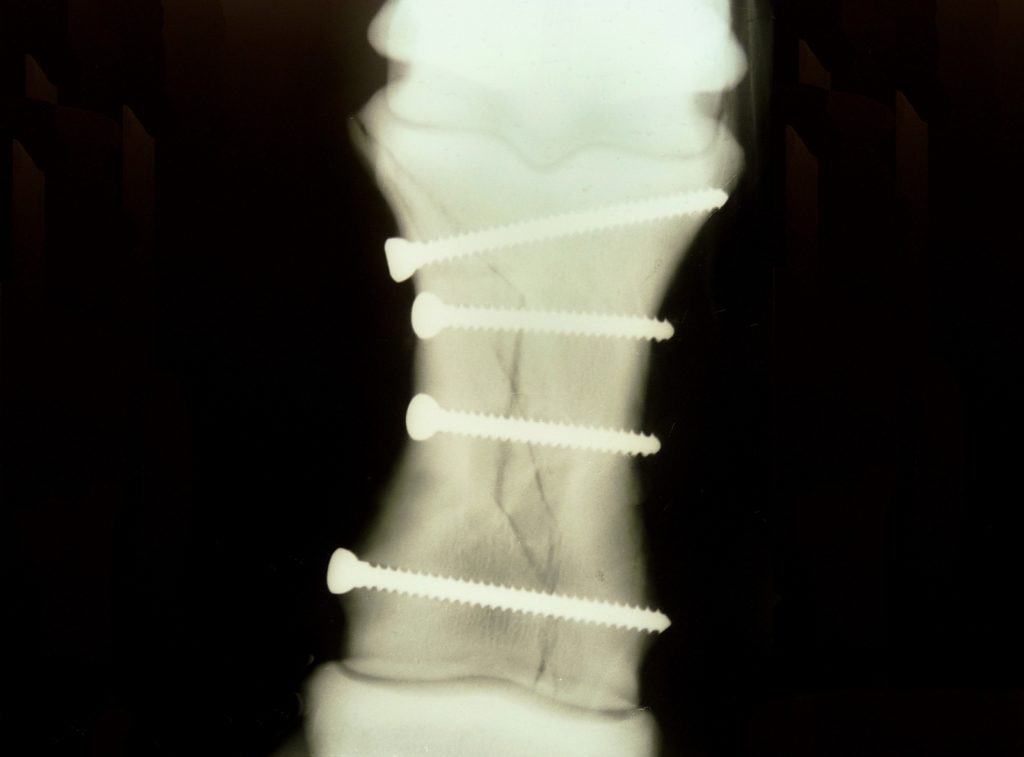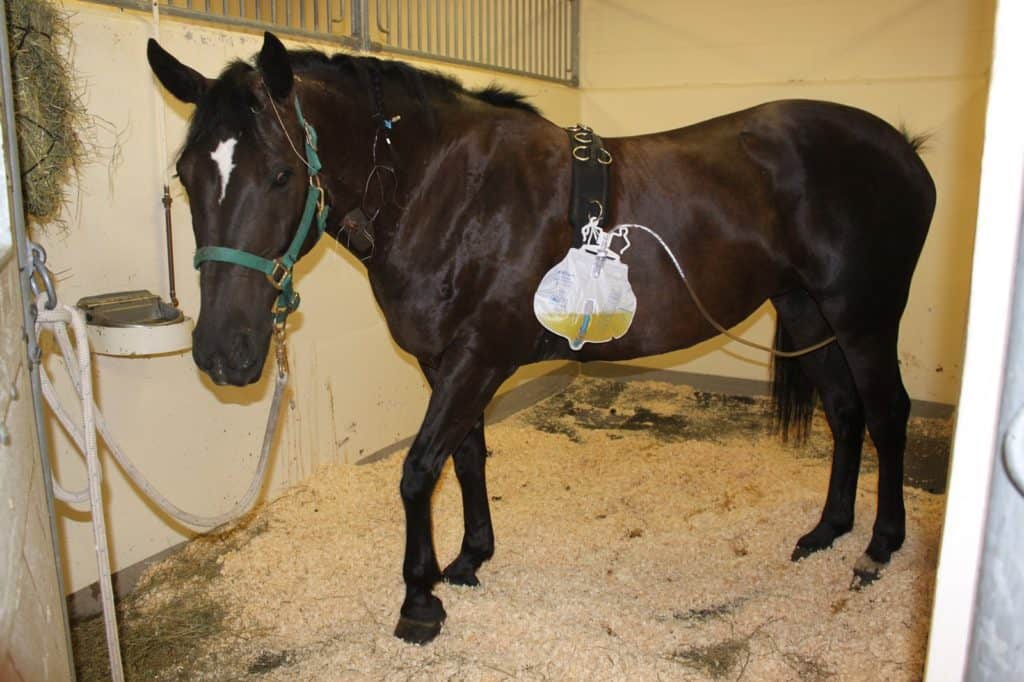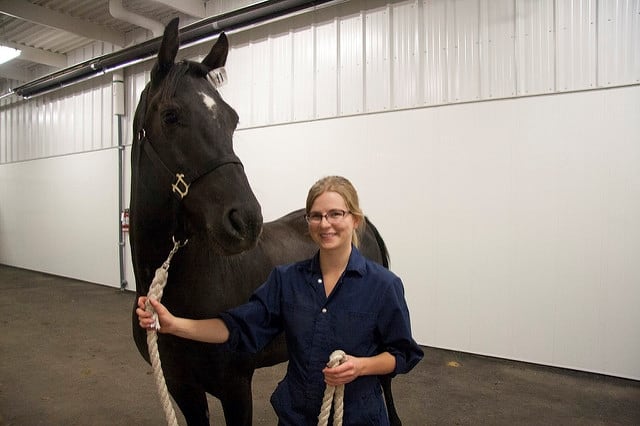
Team Race Assured Finishes Fourth in Finals Competition
The Race Assured team presented a blood test which could predict injuries in horses well before serious problems occur.

The Race Assured team presented a blood test which could predict injuries in horses well before serious problems occur.

PET reveals activity at the molecular level and detects changes in tissue before the size or shape is modified.

Technological advances and improved surgical procedures mean horses have a better chance of surviving a fracture.

Gait analysis applications on a smartphone can give reliable data to help detect hind limb lameness issues in horses.

Soft tissue damage resulted in a larger increase in SAA levels than bone and joint injuries, researchers found.

The decision to buy a horse is a big one, and the prepurchase exam is an important step in the process.

Find out how amino acids play a vital role in a number of physiological functions within the equine body.

Firocoxib is a non-steroidal anti-inflammatory drug used to treat musculoskeletal inflammation and pain in horses.
The preconference workshop and conference for vets and farriers will take place May 20 and 21, respectively.

Unilateral TMJ inflammation not only affects the way horses chew but also likely creates a certain level of pain.

Researchers hope study results will help them establish guidelines for administering nerve blocks in horses’ hind limbs.

Standardbreds training over shorter distances lost fewer training days to injury, but still raced successfully.
Dr. Kyla Ortved specializes in orthopedic surgery, including arthroscopy, tenoscopy, and fracture repair.
The presentation on the Equimagine system will take place May 6 at the Penn Vet New Bolton Center.

Nuclear scintigraphy is especially useful for honing in on the locations of active bone conditions in horses.

Racing performance was unaltered regardless of which technique was used to correct soft palate displacement.
Stay on top of the most recent Horse Health news with
"*" indicates required fields